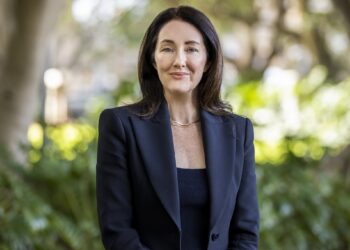Super funds could do more to retain members post-retirement by focusing more on the needs of retirees and less on growth and accumulation, according to PIMCO.
Around four in five retiring members of institutional super funds withdrew their superannuation as a lump sum in 2010 to invest in products such as self managed super funds and retail products, but these are not necessarily better suited to retirees and large funds are in a position to meet such needs more effectively, according to speakers at PIMCO’s recent Retirement Income Forum.
Speakers outlined recent UCLA research commissioned by PIMCO’s parent, Allianz, found risk aversion among retirees is five times higher than the average population — to the point that around half of retirees would not risk $10 for a 50 per cent chance of winning $100.
Head of PIMCO Australia, John Wilson, and New York-based PIMCO executive vice president of retirement solutions, Thomas Streiff, said retirees were also reluctant to give up control to minimise loss in the form of capital guarantees.
This was because it risked their ability to withdraw money for expenses or leave money to their estate, and giving up liquidity in exchange for capital protection was viewed as a loss by the hyper-risk averse retiree, they said.
“Re-positioning downside protection as a way to gain more control over income, rather than framing it as a loss of liquidity, will actually provide better results,” Wilson said.
Understanding retiree behaviours and decision-making processes would help superannuation funds understand why individuals prioritise different investment strategies at different life stages, and would ultimately help motivate individuals to act in their own best interests during decumulation, he said.
PIMCO senior vice president Tony Hildyard said many Australian super funds did not adequately meet retiree member needs, and the current asset allocation for retirees in super funds does not reflect the capital stability and income certainty this group wants.
Stronger Super consultative panel chair Paul Costello said it was also the Government’s responsibility to communicate what it expects from the industry.
“The Government, in the context of its initiative to introduce MySuper to meet the needs of investors in default superannuation products, has asked whether the needs of those members transitioning to retirement, and post-retirement, ought to be given greater emphasis,” Costello said.
“It is reasonable to expect trustees of superannuation funds to specifically consider the investment needs of near-retirees, and specifically their reduced ability to withstand market shocks.”
It is appropriate for the focus to move from solely an accumulation stage to more thoughtfully considering how the superannuation system can more effectively optimise outcome for fund members on a whole of life basis, he said.




